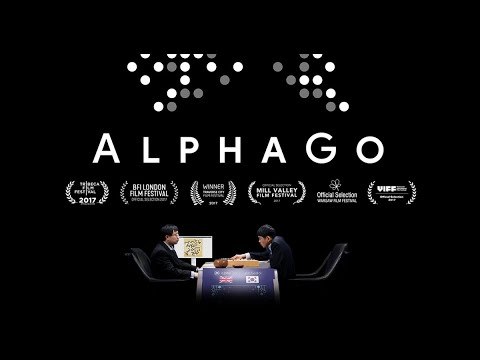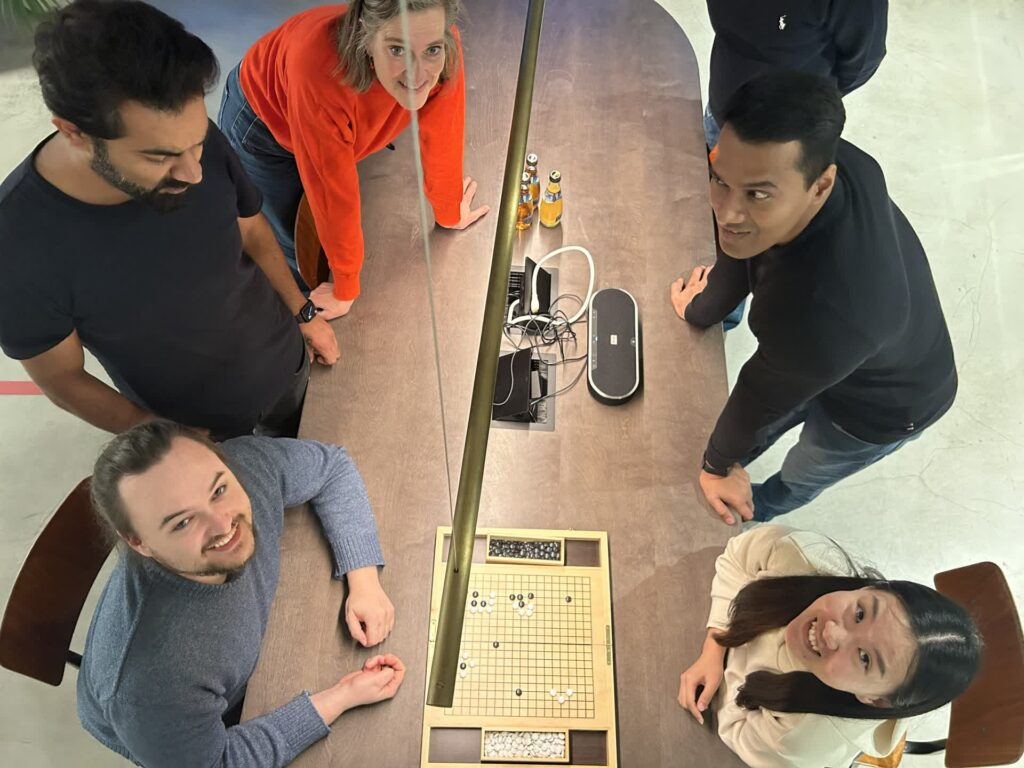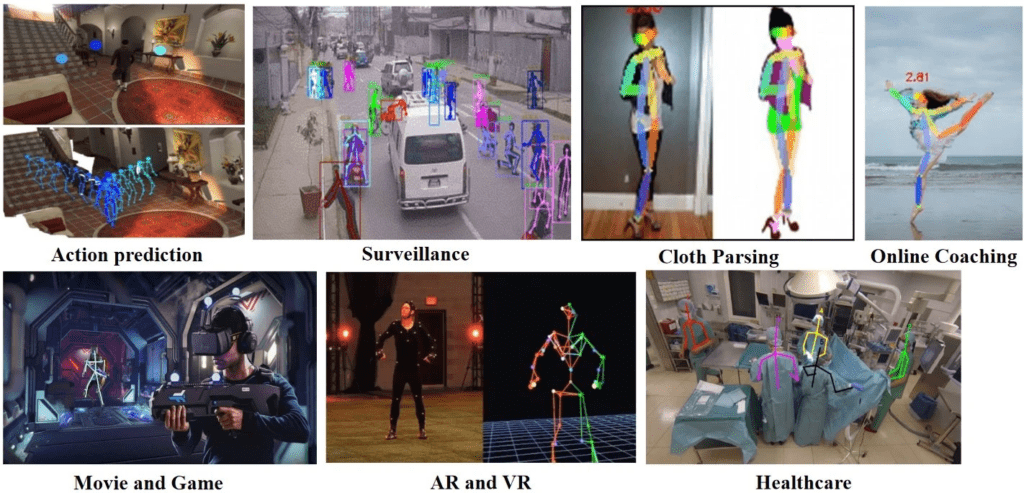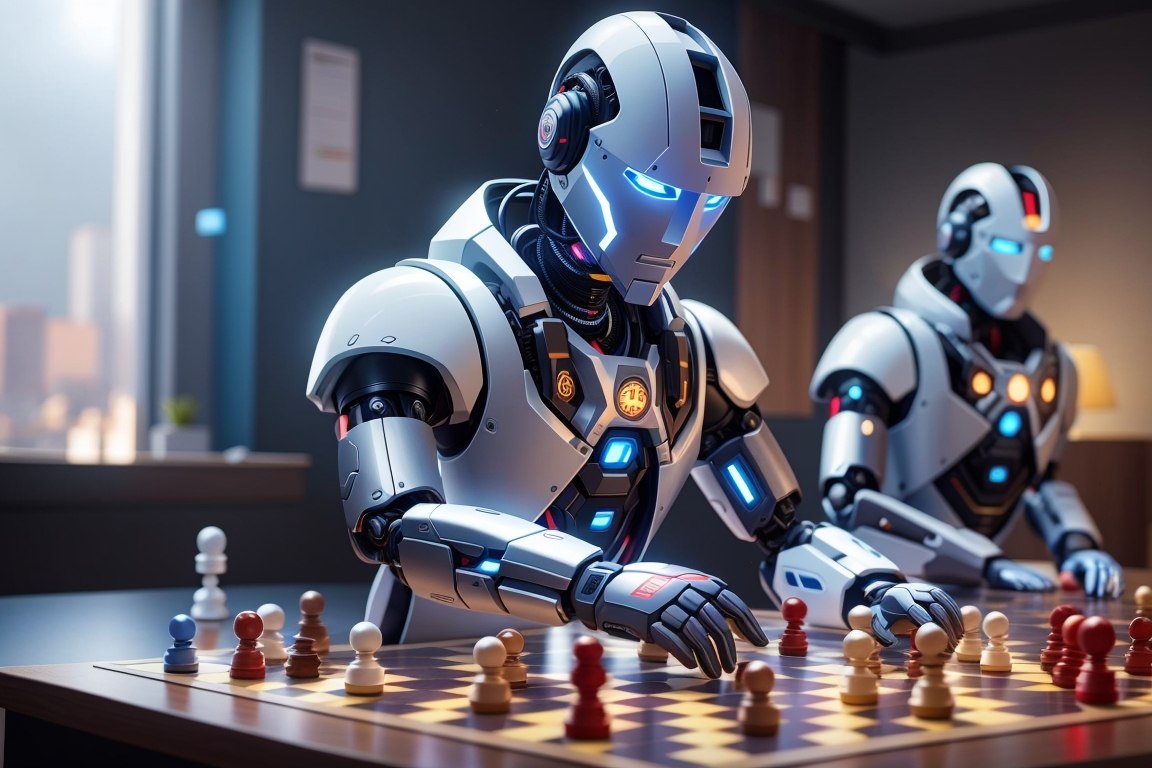As a Computer Vision Engineer/Data Scientist at LINDERA, I have been acquainted with the groundbreaking story of AlphaGo for quite some time.
However, recently, my company organized a group viewing of the “AlphaGo” documentary movie, and I must admit, the experience left an indelible impression on me. It offered me a fresh perspective on the monumental significance of this AI milestone and the intersection of technology, innovation, and human achievement.
In the ever-evolving landscape of artificial intelligence, “AlphaGo” stands as a testament to human innovation and the limitless potential of AI. This groundbreaking AI program has redefined the boundaries of what machines can achieve, and its significance extends far beyond the world of board games.

The film takes us through the inception of DeepMind’s AlphaGo program and the momentous decision to challenge one of the greatest Go players in the world, Lee Sedol. As the matches unfold, the tension and excitement in the air are palpable. The documentary brilliantly captures the highs and lows of both AlphaGo and Lee Sedol as they engage in an intellectual battle of wits.
AlphaGo’s triumph was a watershed moment in the field of artificial intelligence. It showcased that with the right algorithms and neural networks, AI can excel in complex and strategic tasks that were once thought to be the exclusive domain of human intelligence.
This monumental achievement has encouraged researchers and scientists worldwide to explore new horizons in AI development. Besides, Lee Sedol’s performance in the AlphaGo documentary serves as a compelling testament to human resilience, adaptability, and the enduring value of human intelligence in the era of AI.
Watching the documentary ‘AlphaGo’ was an experience that undeniably stirred a complex whirlwind of emotions, as someone who works so closely with AI . Witnessing the advancements in artificial intelligence portrayed in the film filled me with a sense of pride. However, as AlphaGo challenged humans, it also left me with conflicting feelings.

Behind these emotions, I also realized that the outcome of the match is not essential. The true significance of AI’s existence has never been about defeating humans but about assisting humans augment human capabilities, driving progress, and providing innovative solutions to complex challenges. This monumental match serves as a symbol of the collaborative power of human and artificial intelligence.
This inevitably drew parallels to our current work topic, Human Pose Estimation(HPE), which also plays a pivotal role in the realm of human-AI collaboration. While AlphaGo tackled strategic thinking and decision-making, HPE deals with human body language and movement.
HPE refers to the process of determining the positions and orientations of a person’s joints or body parts from an image or video. AI algorithms employ complex mathematical models and deep learning techniques to analyze visual data and infer the human poses accurately.

Enhancing therapeutical Analysis
In the realm of physiotherapy, AI-powered human pose estimation has emerged as a game-changer. Physiotherapists, rehabilitation specialists, and patients can utilize this technology to gain invaluable insights into therapeutic exercise optimization. By tracking body movements, analyzing technique, and detecting patterns, human pose estimation enables precise biomechanical analysis, injury prevention, and training enhancements across a range of therapeutic disciplines.
Revolutionizing Healthcare
AI-driven human pose estimation is also making waves in the healthcare sector. With its ability to analyze body movements, this technology can aid in the diagnosis and treatment of musculoskeletal disorders and neurological conditions. Physical therapists and physicians can leverage AI to objectively assess patient progress, prescribe personalized exercises, and monitor rehabilitation remotely, thereby improving patient outcomes.
Empowering Human-Robot Interaction
In the realm of robotics, human pose estimation plays a vital role in enhancing human-robot interaction. By accurately perceiving human poses, robots can understand and respond to human gestures, making them more intuitive and user-friendly. This opens up possibilities for collaborative robots, virtual assistants, and even humanoid robots to seamlessly integrate into various domains, such as manufacturing, healthcare, and domestic settings.
Enriching Virtual and Augmented Reality
AI-driven human pose estimation is a crucial component in enriching virtual and augmented reality experiences. By precisely tracking human poses, these technologies can create immersive and interactive environments, where virtual objects seamlessly interact with the real world. From gaming and entertainment to virtual training simulations and architectural design, this fusion of AI and human pose estimation is pushing the boundaries of digital experiences.
These applications demonstrate the versatility and significance of human pose estimation across various industries and domains, ranging from healthcare and technology to entertainment and education. It continues to drive innovation and improve human-machine interactions in today’s interconnected world.
Whether from AlphaGo movie or daily work, whether AlphaGo or HPE, has profoundly made me realize, the human spirit remains at the heart of every technological marvel in the process of pursuing progress.
The relationship between AI and the human future is one of mutual influence. While AI is transforming the way we live and work, humans shape the direction and purpose of AI. Let’s embrace this symbiotic relationship and seize the opportunities it presents. The future is not far away.

